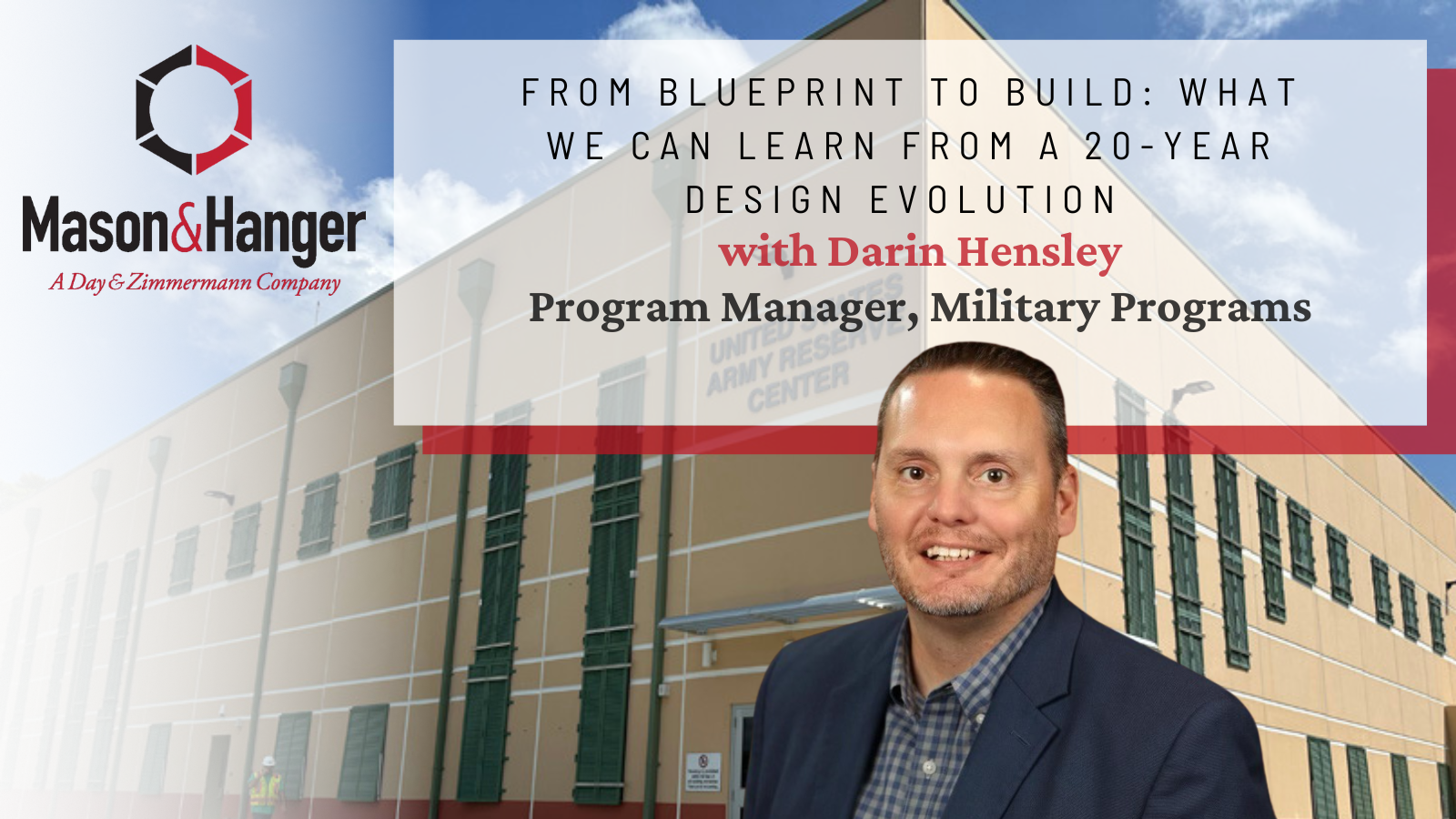In an era of rapidly changing digital innovation, it’s critical to remain flexible and responsive to changing situations. As architects and engineers, agile designs are at the forefront when we shape our approach to new projects.
Agencies have adopted agile methodologies over the last decade, not just for software development but for a wide range of efforts, the IBM Center for the Business of Government pointed out in a recent report. Aligning to the users’ goals and designing a building to meet their evolving needs helps us deliver an efficient and functional facility that is mindful of citizen’s tax dollars while meeting staff’s needs.
What is an Agile Building Design?
Agile building designs are flexible and adaptable, allowing for continuous collaboration between the architects, engineers, contractors, and government officials for design needs, instead of a fixed, one-size-fits-all design. “Agile isn’t just a way of doing things – it’s a way of thinking that values flexibility, quick response to change, and constant customer feedback,” Innovify states.
“The concept of Agile architecture is not new: evolvability, software evolution, and reengineering of existing systems have been studied and understood for a long time,” as noted in the Carnegie Mellon University study, How to Agilely Architect an Agile Architecture. The most successful architectural teams are those that take advantage and progress with the existing technology.
The Design Process
Agile design fosters collaborative design for all design disciplines. Meaning that all parties must be a cohesive team and communicate regularly in order to succeed. For example, engineers and architects must coordinate regularly (including mechanical, structural, electrical, civil, fire protection, and energy) in four dimensions in order to adapt the utilization of the space. Agile design is not just about up, down, forward, and backward, we must also factor in the concept of time.
We implement a collaborative, customer first approach:
1. Collect DataWe value our customer’s feedback and use it to design facilities that support their ever-evolving needs. It’s important to gather the requirements and experiences of the end users to ensure the building is functional, efficient, and user-friendly.
2. Analyze FeedbackAs design progresses, we regularly review the data and the clients feedback with the flexibility for continued adjustments throughout the process.
3. Collaborate and CommunicateEstablish clear communication channels to collaborate with all stakeholders in real-time. Continuous collaboration is critical (instead of a linear workflow that is often rigid) which allows us to meet changing needs.
4. Incorporate Flexibility and AdaptabilityThis methodology allows us to design adaptable spaces, allowing for future changes in the customer’s needs or requirements that are often unknown.
The Result
Agile designs bring increased collaboration between partners and customers, allow faster problem solving, reduce long-term costs, limit redesign efforts, improve client satisfaction, and keep the stakeholders invested during the entire design process. As the U.S. National Security Mission continues to evolve, it is crucial that we maintain flexibility in the utilization of facilities for the coming decades.
With nearly two centuries designing America’s infrastructure, Mason & Hanger has leveraged our project experience to refine our design process, tailoring it to meet specific requirements. This allows us to create agile designs that lead to the construction of facilities with the maximum amount of flexibility, which is particularly important for government agencies vital to the U.S. National Security Mission with limited resources at their disposal.
Our customers rely on us to stay ahead of global threats and the day-to-day challenges we face together. They depend on us to serve as their trusted partner; to face and beat the unique challenges they face together as a cohesive team. Our mission of Building a More Secure World® and remaining responsive and agile against the threats facing our National Security Mission, here in the U.S. and abroad, is successful because as Gene Kranz, former NASA Flight Director, once stated, “Failure is not an option.”


